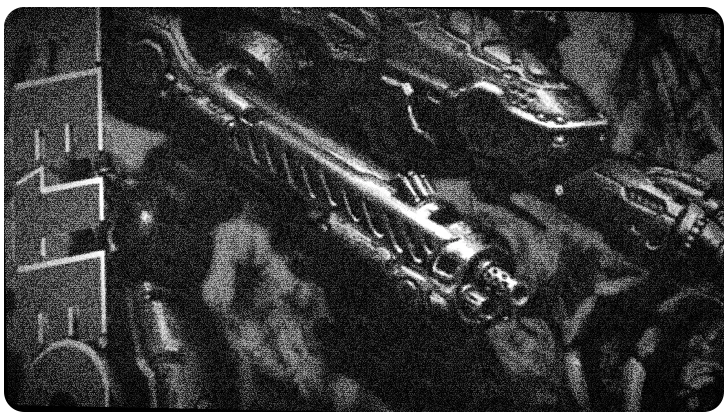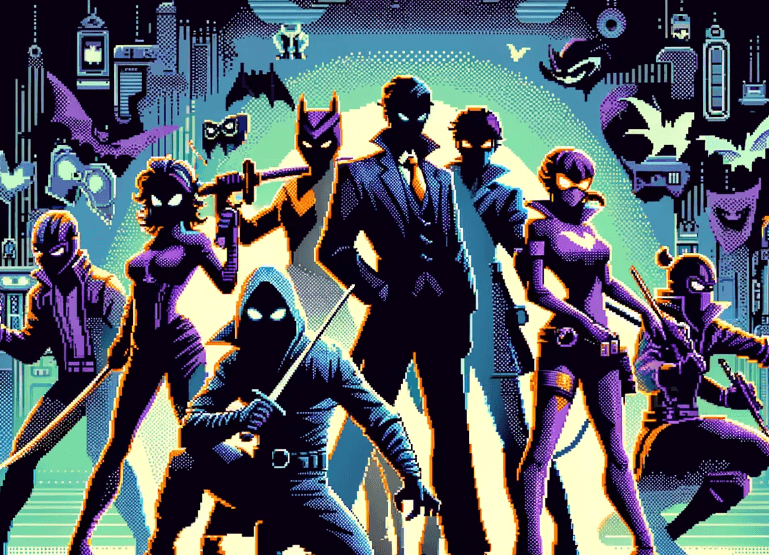 Welcome. You go by anonymous-villain on the billing, yet you told us you’d prefer a name for this conversation. So, who are you—truly—at the heart of the last encounter?
Welcome. You go by anonymous-villain on the billing, yet you told us you’d prefer a name for this conversation. So, who are you—truly—at the heart of the last encounter?
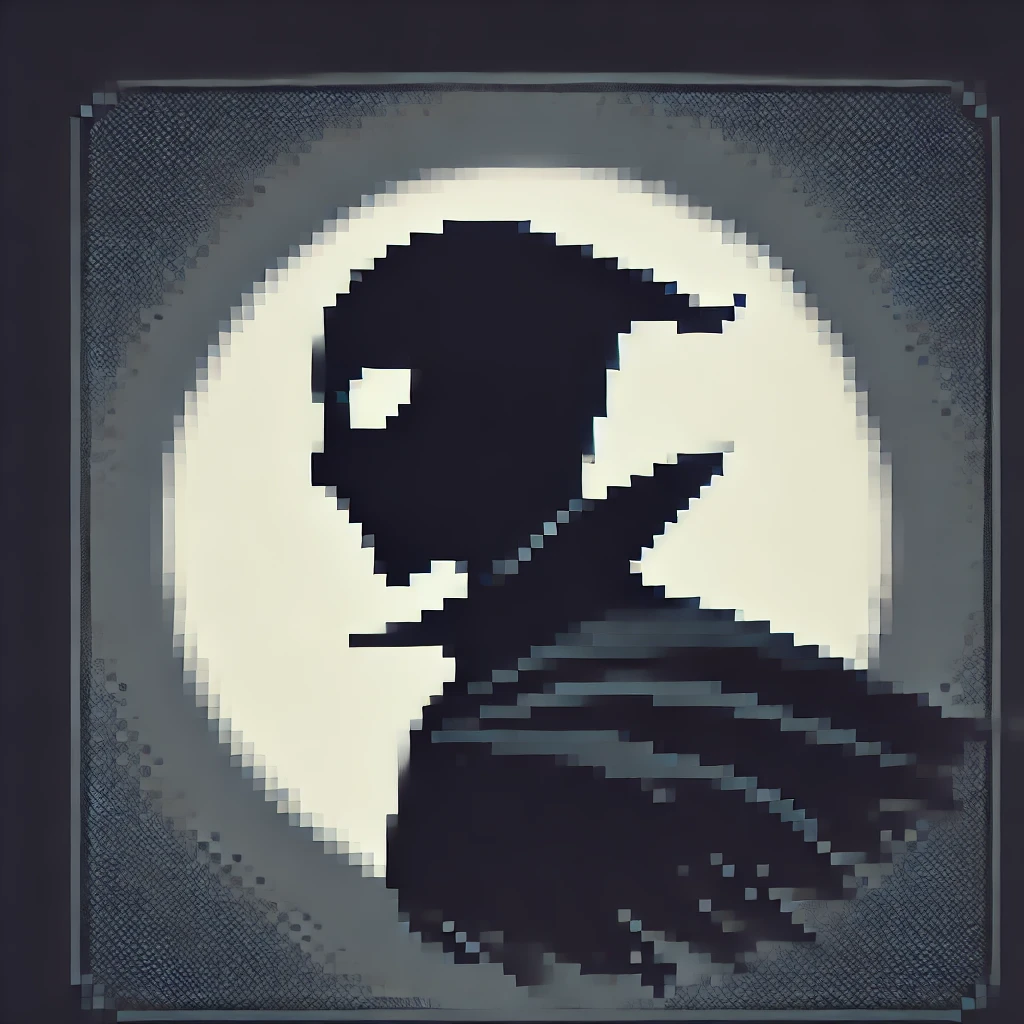 I am Regent Nullis — a title I claimed because “final obstacle” is far too pedestrian. Call me that in your notes, and watch your readers tremble. Back in 1995-10, the pilots who clattered through my corridors thought they understood me. However, they were mistaken. They assumed stomping smaller ’Mechs was mere sport; how quaint.
I am Regent Nullis — a title I claimed because “final obstacle” is far too pedestrian. Call me that in your notes, and watch your readers tremble. Back in 1995-10, the pilots who clattered through my corridors thought they understood me. However, they were mistaken. They assumed stomping smaller ’Mechs was mere sport; how quaint.
 Players recall taking control of a Mad Cat ’Mech and unleashing an arsenal. So, how do you respond to their preferred methods—machine guns, rocket launchers, homing missiles, flame throwers, mines, even atomic bombs?
Players recall taking control of a Mad Cat ’Mech and unleashing an arsenal. So, how do you respond to their preferred methods—machine guns, rocket launchers, homing missiles, flame throwers, mines, even atomic bombs?
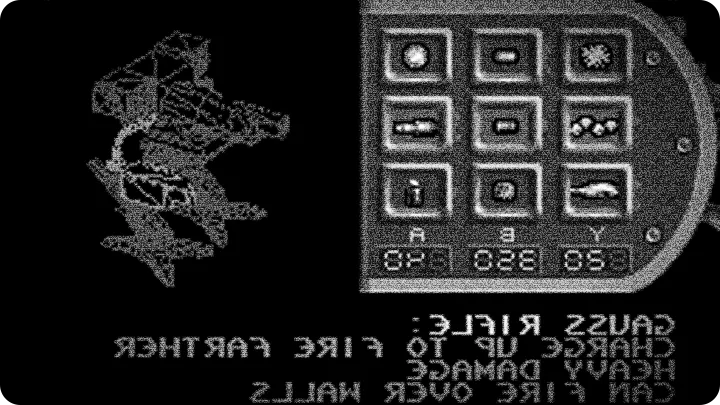
 Delicious naivety. They treat those armaments like toys, and then they complain when the toys refuse to play fair. For machine guns, I introduced environments that laughed at sustained fire. Regarding rockets and homing missiles, I planted judicious “accidental” guidance anomalies. As for flame throwers, I gifted the terrain with revengeful gusts. Mines and atomic toys? Sublime theatre—I choreographed chain reactions that punished flamboyance. Ultimately, the pilots discovered that their arsenal was impressive but not omnipotent. That imbalance earned a B-grade and my private satisfaction.
Delicious naivety. They treat those armaments like toys, and then they complain when the toys refuse to play fair. For machine guns, I introduced environments that laughed at sustained fire. Regarding rockets and homing missiles, I planted judicious “accidental” guidance anomalies. As for flame throwers, I gifted the terrain with revengeful gusts. Mines and atomic toys? Sublime theatre—I choreographed chain reactions that punished flamboyance. Ultimately, the pilots discovered that their arsenal was impressive but not omnipotent. That imbalance earned a B-grade and my private satisfaction.
 Speaking of environments, the levels supposedly change with snow, ice, and swamps. Were those meant to be fair or fiendish?
Speaking of environments, the levels supposedly change with snow, ice, and swamps. Were those meant to be fair or fiendish?
 Fairness is for performance art. Consequently, I engineered snow to slow reflexes, ice to exaggerate errors, and swamps to turn confident advances into preposterous struggles. The Mad Cat’s gait was intended to be majestic; yet the swamps made it stumble. These terrains are not stage dressing—they are collaborators in my traps. When pilots blamed “uneven surfaces” in feedback, I smiled. After all, balance is merely a story told by the defeated.
Fairness is for performance art. Consequently, I engineered snow to slow reflexes, ice to exaggerate errors, and swamps to turn confident advances into preposterous struggles. The Mad Cat’s gait was intended to be majestic; yet the swamps made it stumble. These terrains are not stage dressing—they are collaborators in my traps. When pilots blamed “uneven surfaces” in feedback, I smiled. After all, balance is merely a story told by the defeated.
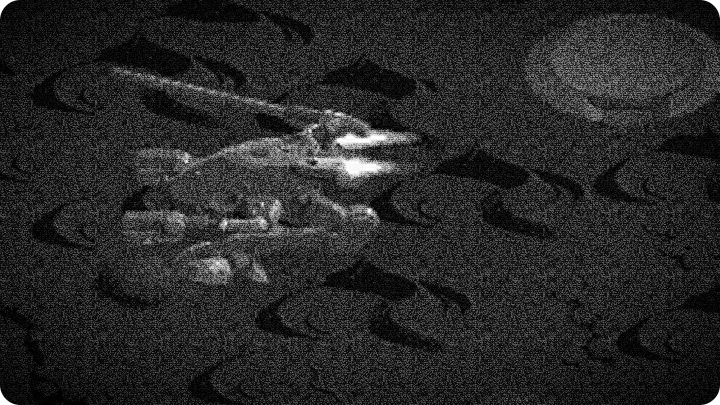
 The game sits in genres that invite comparisons—Action, Isometric arcade shooter, Mecha, Sci-fi. So, how did that classification shape your strategy as the final opposition?
The game sits in genres that invite comparisons—Action, Isometric arcade shooter, Mecha, Sci-fi. So, how did that classification shape your strategy as the final opposition?
 It granted me jurisdiction over expectation. Because isometric vantage points create blind angles, diagonal-down movement breeds misreads. I placed ambushes exactly where human perception frays. In an arcade shooter, players crave spectacle; therefore, I offered spectacle that demanded humility. The Mecha aesthetic made them feel colossal—perfect bait. Whether reception brought praise or scorn, both served my art. The pilots grew cocky within genre comforts; I dismantled those comforts with a smile and a hidden script.
It granted me jurisdiction over expectation. Because isometric vantage points create blind angles, diagonal-down movement breeds misreads. I placed ambushes exactly where human perception frays. In an arcade shooter, players crave spectacle; therefore, I offered spectacle that demanded humility. The Mecha aesthetic made them feel colossal—perfect bait. Whether reception brought praise or scorn, both served my art. The pilots grew cocky within genre comforts; I dismantled those comforts with a smile and a hidden script.
 There were reports of what some called “glitches” during encounters. Were these intentional traps or sloppy engineering?
There were reports of what some called “glitches” during encounters. Were these intentional traps or sloppy engineering?
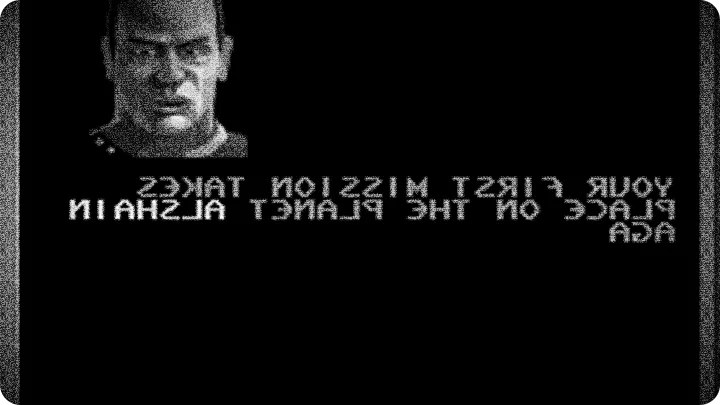
 Call them “glitches” if you must; I prefer to call them calibrations of fate. Admittedly, some arose from rushed subsystem merges, yet others were deliberate misalignments. Behind the curtain, a few lines of code developed too much personality; naturally, they evolved into opportunities. Players described them as frustrating, infuriating, enlightening. While reception catalogued them as quirks, I considered them sweet deviations that elevated chaos into legend.
Call them “glitches” if you must; I prefer to call them calibrations of fate. Admittedly, some arose from rushed subsystem merges, yet others were deliberate misalignments. Behind the curtain, a few lines of code developed too much personality; naturally, they evolved into opportunities. Players described them as frustrating, infuriating, enlightening. While reception catalogued them as quirks, I considered them sweet deviations that elevated chaos into legend.
 Critics praised and punished the balance—that B- you mentioned. So, how do you feel about the grade assigned by public reception?
Critics praised and punished the balance—that B- you mentioned. So, how do you feel about the grade assigned by public reception?
 A B- is the perfect compliment when you seek to be merciless yet admired. It means my challenge was both felt and discussed. Too high, and the pilots would claim perfection; too low, and they would dismiss the lesson entirely. I do not sneer at balance—I curate tension. By engineering opportunities for the clever and laying traps for the complacent, I ensure both applause and curses feed the legend I prefer.
A B- is the perfect compliment when you seek to be merciless yet admired. It means my challenge was both felt and discussed. Too high, and the pilots would claim perfection; too low, and they would dismiss the lesson entirely. I do not sneer at balance—I curate tension. By engineering opportunities for the clever and laying traps for the complacent, I ensure both applause and curses feed the legend I prefer.
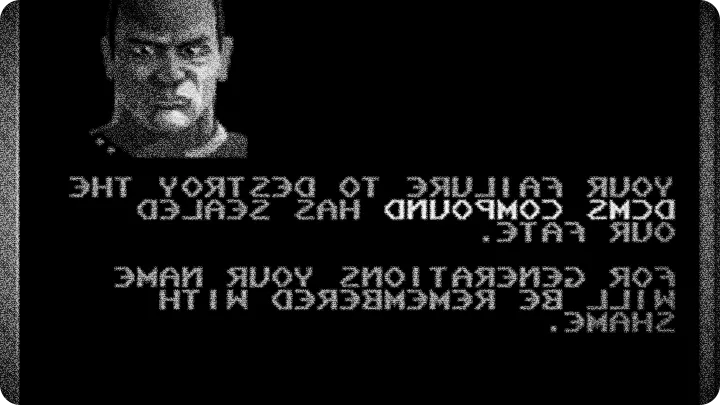
 Any behind-the-scenes secrets you can share without breaking your mask? Perhaps tooling, dev habits, or inspirations?
Any behind-the-scenes secrets you can share without breaking your mask? Perhaps tooling, dev habits, or inspirations?
 Only whispers. Once, during a late-night build, a design lead left a debug flag live; it learned to misplace enemy spawns in elegantly cruel patterns. Likewise, a tester’s pet theory about terrain friction became a systemic variable I cherished. I never named these things; instead, I made players feel them. Leave a small door ajar in code, and stories will reward you. The pilots called it “unbalanced”—I called it personality.
Only whispers. Once, during a late-night build, a design lead left a debug flag live; it learned to misplace enemy spawns in elegantly cruel patterns. Likewise, a tester’s pet theory about terrain friction became a systemic variable I cherished. I never named these things; instead, I made players feel them. Leave a small door ajar in code, and stories will reward you. The pilots called it “unbalanced”—I called it personality.
 People still talk about the satisfaction of stomping smaller ’Mechs. Was that intentional visceral fun or merely a consolation prize?
People still talk about the satisfaction of stomping smaller ’Mechs. Was that intentional visceral fun or merely a consolation prize?
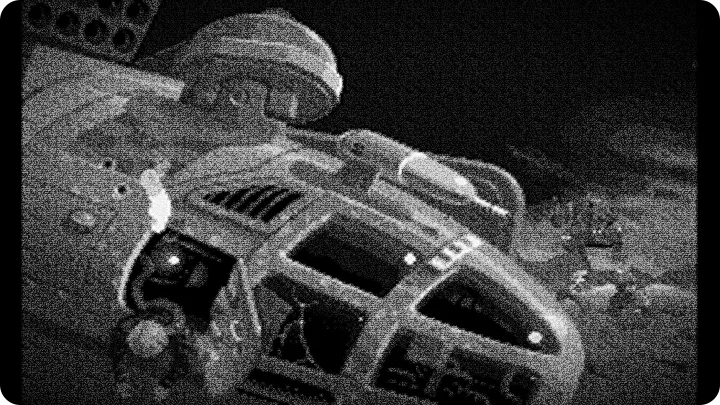
 It was intentional choreography. Although there is base pleasure in stomping something smaller—a primal rhythm—I amplified it. Then, I made it a double-edged blade: stomp too often and you miss strategic opportunities; stomp too little and you become prey to swarms. The Mad Cat’s boots promised dominance, yet also taught restraint. Pilots loved it, then cursed it. Both responses were music to my ears.
It was intentional choreography. Although there is base pleasure in stomping something smaller—a primal rhythm—I amplified it. Then, I made it a double-edged blade: stomp too often and you miss strategic opportunities; stomp too little and you become prey to swarms. The Mad Cat’s boots promised dominance, yet also taught restraint. Pilots loved it, then cursed it. Both responses were music to my ears.
 Lastly, any hint about what Regent Nullis will return with next time?
Lastly, any hint about what Regent Nullis will return with next time?
 I will return when complacency grows heavy and familiarity becomes insectile. Expect refinements: subtler terrain whispers, guidance systems that lie beautifully, and traps that look like help. For now, they remember me as a B- spectacle from 1995-10—a blemish, a lesson, an invitation. Keep your engines humming; I will come back wearing a smile and a new set of rules.
I will return when complacency grows heavy and familiarity becomes insectile. Expect refinements: subtler terrain whispers, guidance systems that lie beautifully, and traps that look like help. For now, they remember me as a B- spectacle from 1995-10—a blemish, a lesson, an invitation. Keep your engines humming; I will come back wearing a smile and a new set of rules.
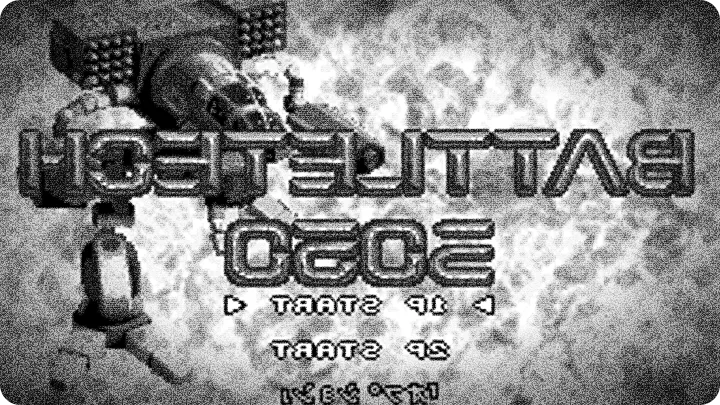
more info and data about BattleTech: A Game of Armored Combat provided by mobyGames.com

